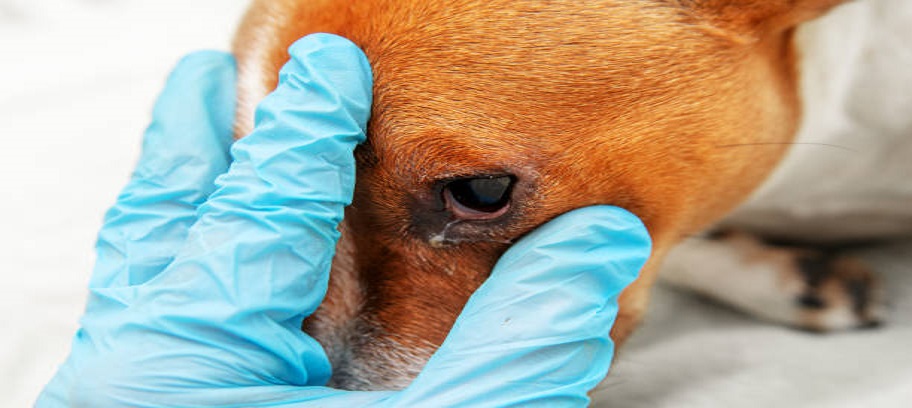What do Hives look like on a Dog?

As a dog parent, I’ve spent a lot of time obsessing over my furry friend. I’ve researched the best dog beds for my pup, I’ve gone through countless books about dog health and dog training, and even attended a wisdom tooth extraction for my dog and blogged about it here (goes to show you what lengths I’d go to for my pup.) As you may have guessed, I’m always looking for ways to learn more about my precious pupper. One area where I had little-to-no knowledge was how hives look on a dog so I set out to uncover the answer.
Have you ever wondered what hives look like on a dog? Everyone experiences the itchy bumps differently and in varying locations depending on their immune systems. Here’s what these itchy welts look like under the skin; from inside the mouth to the back of a dog at various times to reveal the clear hive.
How Do I Know if My Dog Has Hives?
Hives look like raised bumps or welts on your dog’s skin that may appear red or purple. They can appear anywhere on the body but are most common around the neck and head area. The welts will typically be about 1 millimetre wide with a diameter of about 2 to 3 centimetres (1/4 inch). The welt will be solid red or purple and may itch or hurt your dog when touched.
These symptoms typically develop gradually over several hours rather than suddenly appearing overnight as with other skin conditions such as burns or insect bites.
Here are some pictures of hives that dogs have had to show you what they look like:
- Hives on a dog’s face
- Hives on a dog’s back
- Hives on a dog’s tail
Hives are raised areas of skin that can be itchy, uncomfortable, and sometimes painful for dogs. They are often red or pink and can appear anywhere on the body though they tend to appear more often around the neck, waist, and abdomen.
You may notice that your dog is scratching more than usual when he has hives. This is because the hives are causing an allergic reaction in your pet’s skin, which can cause itching. Some dogs may also have trouble breathing while they have hives.
The swelling will be different on each dog but can affect anywhere from one area of their body to all of it. The most common areas for a dog to get hives are on their belly, neck, chest, or back legs.
If you notice your dog has hives, it’s important to take him to the vet immediately so they can make sure they don’t have another condition that might require treatment.



